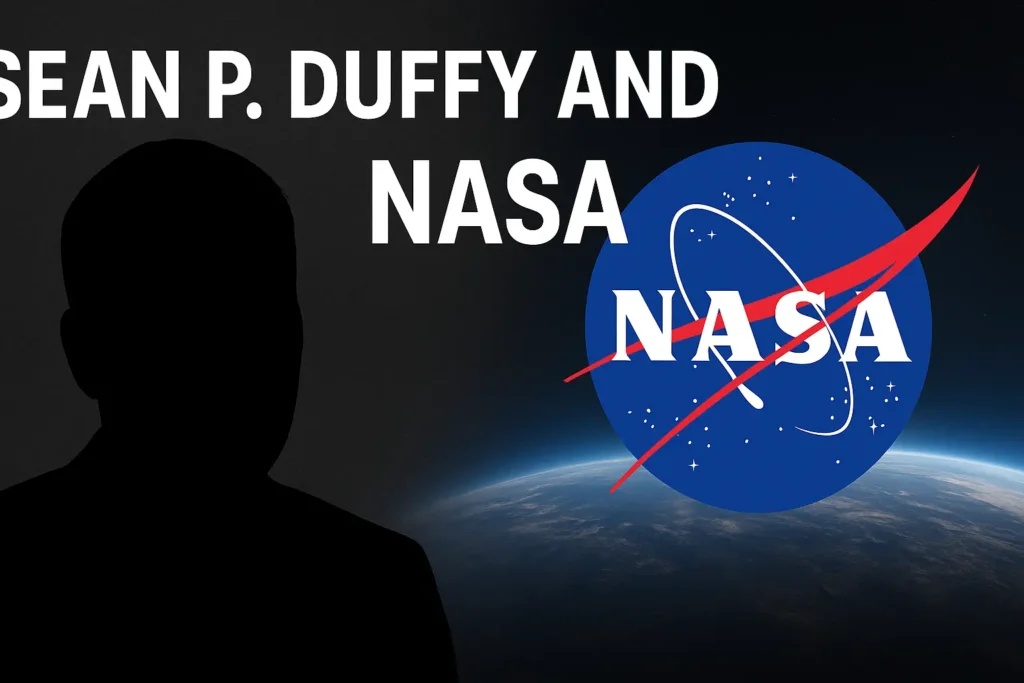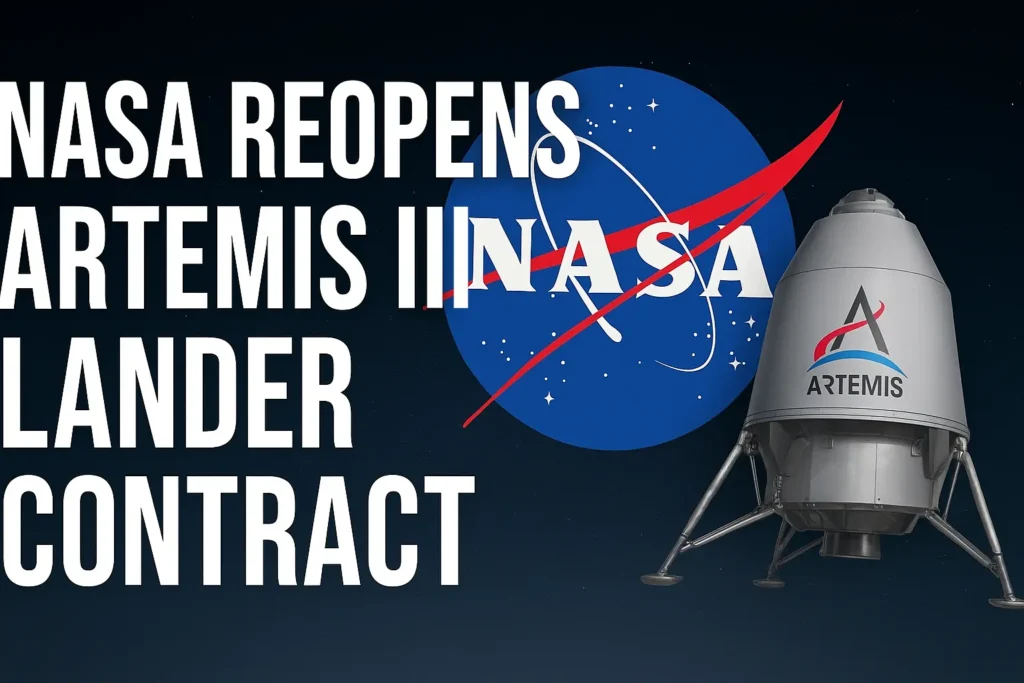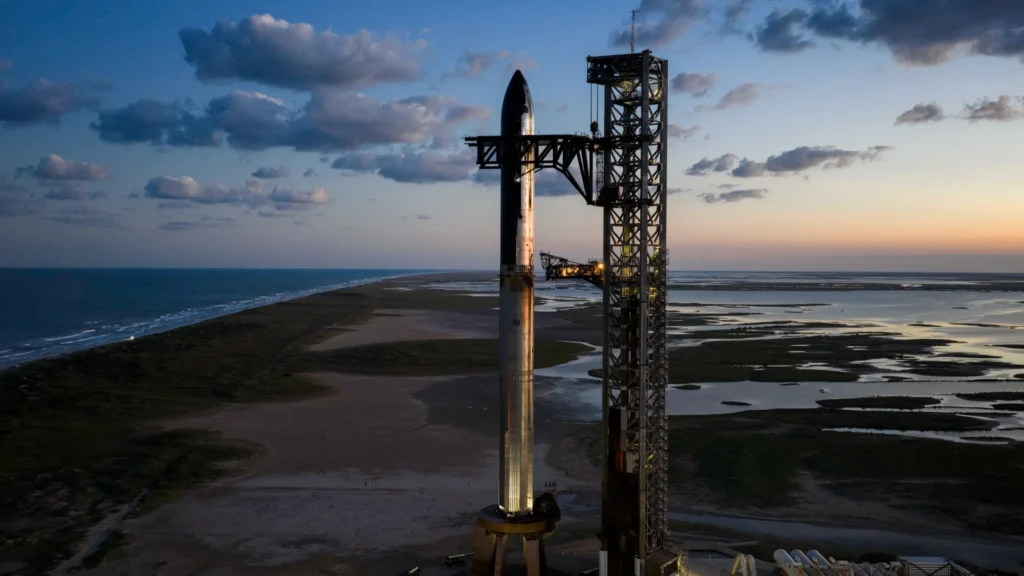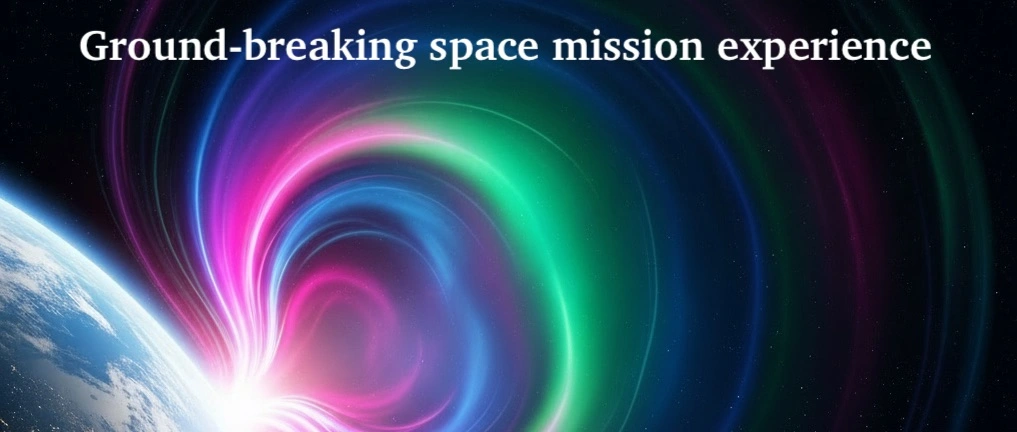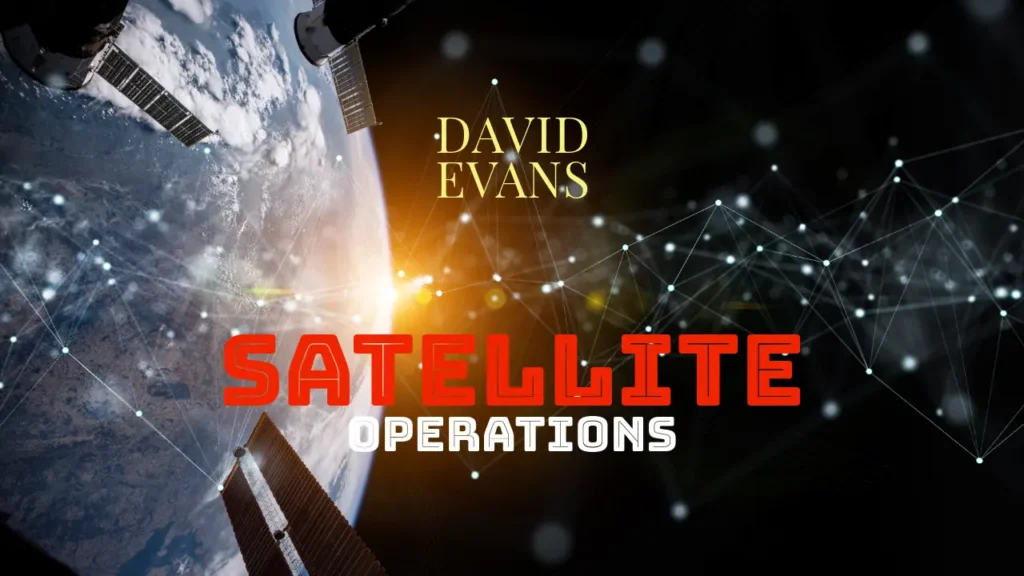
David Evans
Advanced Operations and OPS-SAT Manager at the European Space Agency
The SpaceInfo Club had the pleasure to ask mr Evans some questions about his career at the European Space Agency. Enjoy the read!
Can you share your journey from your early days at ESA/ESOC working on classic missions like ERS-2 and CLUSTER to your transition into the commercial sector with EUTELSAT? How did these experiences shape your career path?
I started my ESOC career in 1992, when I joined the EURECA mission. It was six months before launch and there was a major problem with the mission planning system which was based primarily on manual data entry. With 15 experiments, all having different constraints and each having multiple operations per day, it was impossible to use the system operationally. All the other flight control team members were focussed on preparing for the approaching launch, so another colleague and I were left without help or budget. We ended up solving the problem by writing thousands of lines of code of our office PCs to produce the perfect plan before it was entered into the “official” planning system. It was extremely hard work and I remember taking my first Sunday off after working for 92 days straight. That experience forged my professional character and taught me many lessons which were very useful later. After EURECA ended I became interested in training and managed the simulation campaigns for the ERS-2 and CLUSTER-1 launches. I still take immense pleasure in seeing operational teams develop when placed under just the right amount of pressure. At ESOC, it is the job of the simulation officer to get that balance right, but when you do, it’s the best job in the world. It was this aspect of my career that brought me to EUTELSAT in 1997 when they asked me to join them as their training officer.
Notice TitleEURECA (European Retrievable Carrier)
The EURECA (European Retrievable Carrier) space mission was a cooperative effort between the European Space Agency (ESA) and NASA. It was launched on August 31, 1992, aboard the Space Shuttle Atlantis as part of STS-46 mission.
EURECA was designed as a retrievable satellite platform, allowing experiments to be conducted in space and then returned to Earth for analysis. Its primary purpose was to provide a long-duration microgravity research platform, enabling scientific experiments in various fields such as materials science, fluid physics, and life sciences.
The EURECA platform was equipped with a variety of facilities to support experiments, including power, data handling, and telecommunications capabilities. It hosted experiments from various European countries as well as international partners.
During its mission, EURECA operated in low Earth orbit (LEO) for approximately one and a half years. After completing its scientific objectives, it was retrieved by the Space Shuttle Endeavour during the STS-57 mission in June 1993.
EURECA contributed significantly to advancing our understanding of how materials and biological systems behave in microgravity environments. The data and insights gained from the experiments conducted on EURECA have informed future space missions and have had applications in a wide range of fields, including materials science, pharmaceuticals, and biotechnology.
During your time at EUTELSAT, you played a key role in managing the operation execution services for the satellite fleet, overseeing its expansion from 5 to 19 satellites. What were the most significant challenges you faced, and how did you ensure effective cost control during this period? Your expertise includes operational management, fleet operations, and low-cost solutions. How do you balance the need for efficiency and cost-effectiveness in the operation of satellite fleets, especially during periods of expansion?
Initially I was asked to join EUTELSAT on a six-month contract to introduce the operational staff to their new satellite bus. Up until then they had operated 5 satellites with the same bus but now the fleet was rapidly expanding with more satellites and buses. Sometimes there were four satellite launches a year on the schedule. At the same time, the operational team was extremely small and this meant that everyone had to do multiple jobs. I was providing on-call support for different satellites, procuring simulators from different manufacturers and working on procedure automation systems… all at the same time as providing training. It was like being caught up in a whirlwind and a great period in my life. Then two things happened; firstly we experienced too many operational mistakes and at the same time, the company transitioned from being an intergovernmental agency into a commercial company. Imagine privatizing ESA and you can imagine what a change that was! During the resulting re-organisation, I was asked to move into a management position where I had to consider the cost of the operations as well as the technical aspects. We continued to expand and replenish the fleet, re-orbiting old satellites and launching new ones, all without increasing the manpower in my area. I discovered that you cannot ask people to do more without empowering them at the same time. Sometimes you also have to change their tools. I remember a particularly pleasurable six weeks when I asked my deputy to cover me while I coded a new mission planning system – based on my EURECA experience – and we used it for many years.
Sean P. Duffy and NASA: Career, Policy Shifts, and the Debate Over the Agency’s Future
NASA Reopens Artemis III Lunar Lander Contract Amid Schedule Delays and Competitive Pressures
Space Has Never Been So Unconventional: Art, Sport, and Science Share the Same Sky
Starship Flight 11: A Triumphant Sendoff for Block 2
Embracing the Cosmos: World Space Week 2025 & SpaceInfo Club’s Mission
Leicester Scientists Bring Space Exploration to London as Cutting-Edge Telescope Joins SMILE Mission
You hold four ESA patents on spacecraft housekeeping compression, including POCKET. Can you elaborate on the significance of these patents and how they have influenced spacecraft operations and technology?
My interest in spacecraft housekeeping telemetry compression started in 2009 when I attended a lecture on how operations could make a smarter selection on which telemetry should be downlinked. When I asked “Why select? Just compress it all” the answer was “it does not compress”. I was sure this was wrong and so working with a colleague, we recreated an on-board telemetry store. Well, it did not compress and I could not understand why. This led to many years of experimenting with different ideas until I got it to compress with very little processing power or memory available. The invention that I am most proud of is called POCKET+. In 2023 it was adopted as a worldwide standard for space and is being implemented on the next generation of Copernicus spacecraft. The standard can be extended in several ways, and I hope these will be explored in the future.
There is no longer an excuse to turn up for an interview without some good quality experience already under your belt. Good luck!
As the author of the operational training course “The ladybird guide to spacecraft operations,” what motivated you to develop this course, and what key principles does it emphasize for individuals entering the field of spacecraft operations?
The Ladybird guides originate from when I was training at EUTELSAT. As the fleet expanded, everyone had to take responsibility for satellites with different bus types. This does not come naturally and after trying out different training approaches, I hit on something that worked. The trick was to explain the common problem that each spacecraft subsystem is trying to solve and only then talk about the different solutions. Now when I was growing up in the UK, there were a series of children’s books called “The Ladybird Guide to….”. I loved them because they explained complicated things like computers or cars without using technical jargon. I decided to adopt this style for my training and so the first Ladybird Guides were issued in 1998. They were updated each time we integrated a new bus into the fleet and became our standard operational training material. When I returned to ESOC in 2007, I realized that in an organization like ESA it is possible to spend your complete career without once being exposed to operations. So, I decided to rewrite the Ladybird Guides for the ESA context and started offering lectures at lunchtimes. Slowly, and by word of mouth, it started to attract an audience, until finally 70+ people were cramming into the lecture hall. At this point my boss asked me to “make it official” and now I run the course annually for the ESA Academy, ESA internal training and several universities.
As the co-initiator and project manager of the OPS-SAT project, ESA’s first cubesat, what were the main goals and challenges of this project? How has OPS-SAT contributed to advancements in nano-satellite operations?
As with many other things, OPS-SAT has its roots in my training activities. Back in 2008, I was asked by the ESA Education Office to report on the SwissCube-1 project which was being built by EPFL in Lausanne. On my return I told them that they should stop all other projects and only invest in cubesat projects – I was that impressed! A few years later, I realised that cubesats were not only great educational tools but they could be very useful in the space operations domain. There is a quote from the famous NASA Flight Director, Gene Kranz, who said, “Failure is not an option”. Well, I believe to develop and learn rapidly you need to do experiments and the nature of an experiment is that failure must be an option. So, what if we had our own low-cost satellite which was designed specifically so that we could perform experiments in space that are not normally allowed on other missions? This was the start of the OPS-SAT mission which was launched in 2019. The idea was a hit and there are now 276 registered experiments by NASA, JAXA, CNES, DLR, the EU Commission, all the big European primes and many smaller companies and start-ups. In 2023 this little cubesat mission won an international award for “Exceptional Achievement” shared with “Ingenuity” from NASA/JPL who flew a helicopter on Mars.
Lastly, given your diverse experiences and expertise, what advice do you have for individuals aspiring to enter the field of spacecraft operations, especially those interested in low-cost solutions and nano-satellite operations?
My advice is to gain operational experience as fast and early as you can. Spacecraft operations is not something you can study; you must do it. Not everyone is suited to handle the stress or have so much of your work thrown away once a critical event passes or an anomaly never happens. When I was a student, it was very difficult to get that operational experience and I was incredibly lucky to get that first job at ESOC. However, things have changed for the better and there are now many new space companies and start-ups – in addition to the large primes and space agencies. Even for students there are internships, university cubesat projects, the ESA Academy, Fly Your Satellite, young graduate training schemes etc. There is no longer an excuse to turn up for an interview without some good quality experience already under your belt. Good luck!
Notice Title
CubeSats are a type of miniaturized satellite that are increasingly being used for a variety of purposes in space exploration, research, and commercial applications. They were initially developed as educational tools and have since evolved into versatile platforms for scientific research, technology demonstration, and even commercial ventures.
Here are some key characteristics and aspects of CubeSats:
Standardized Design: CubeSats are standardized in size, typically in the form of a cube with dimensions measured in multiples of 10 centimeters (e.g., 1U, 2U, 3U, etc.). A 1U CubeSat, for example, measures 10x10x10 centimeters and has a volume of 1 liter. This standardization simplifies their design, construction, and integration into launch vehicles.
Low Cost: CubeSats are often significantly less expensive to build and launch compared to traditional larger satellites. This makes them accessible to universities, research institutions, and even small companies with limited budgets.
Modular Design: CubeSats are highly modular, allowing for flexibility in payload configurations. They can accommodate a variety of scientific instruments, sensors, cameras, and communication systems, depending on the mission objectives.
Various Applications: CubeSats are used for a wide range of applications, including Earth observation, scientific research, technology demonstration, communication experiments, educational outreach, and more. They have been deployed to study phenomena such as climate change, space weather, and natural disasters.
Launch Opportunities: CubeSats are often launched as secondary payloads alongside larger satellites on rockets. This piggybacking approach allows CubeSat developers to take advantage of more frequent launch opportunities and reduces the cost of reaching space.
Shorter Lifespan: Due to their small size and limited onboard resources, CubeSats typically have a shorter operational lifespan compared to larger satellites. However, advancements in technology and design have led to longer-lasting CubeSat missions.
CubeSat Constellations: Multiple CubeSats can be deployed in coordinated constellations to enhance coverage, revisit rates, and data collection capabilities for certain applications, such as Earth observation and global communications.

